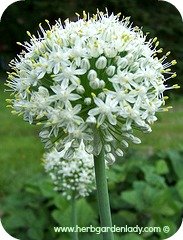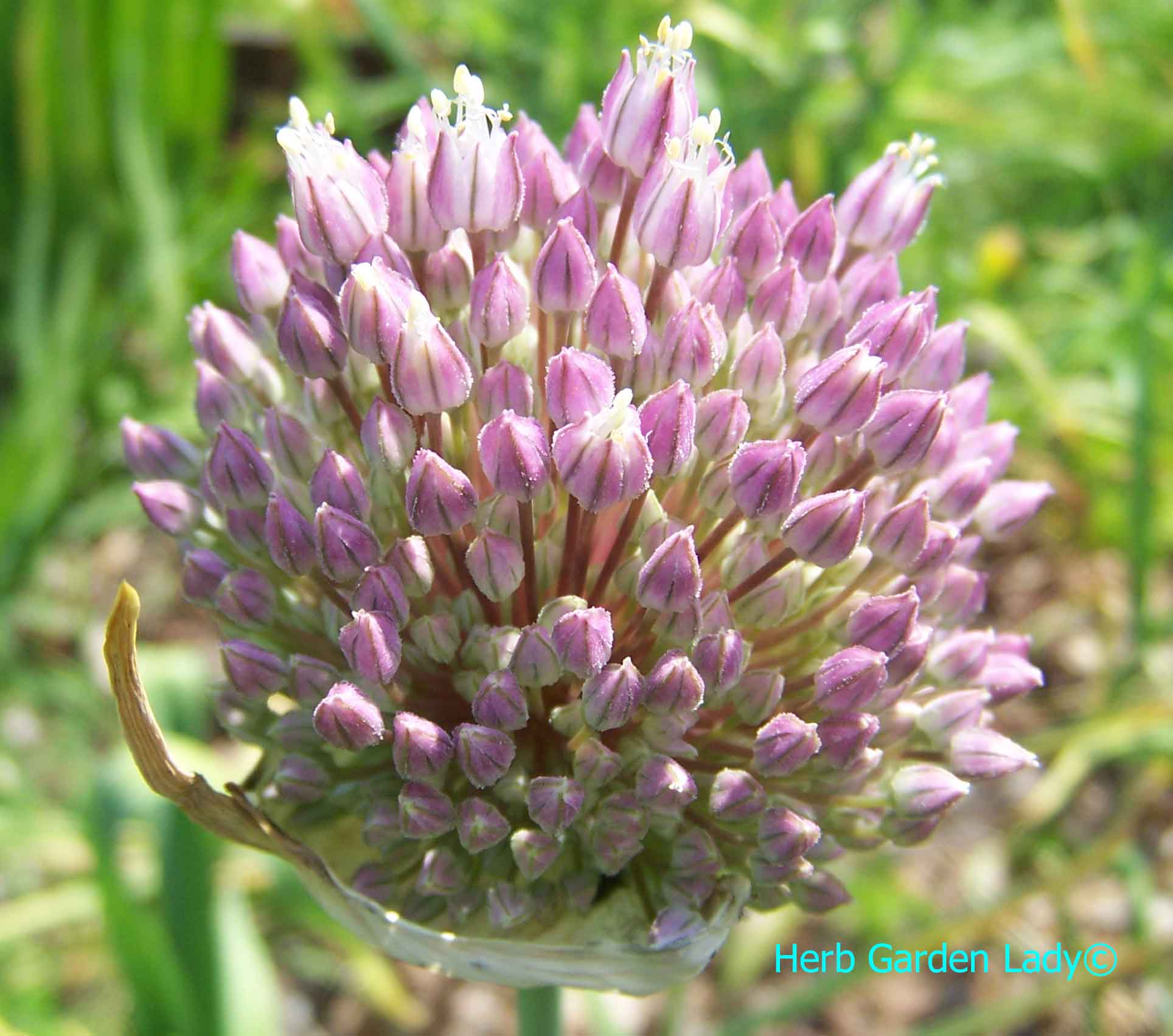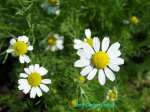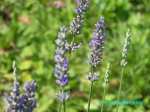Growing Garlic
How To Grow This Herb
Growing garlic is pretty simple. You take the clove from the bulb; stick it in the soil and voile la. In nine months you have another bulb of garlic with either 4 – 10 cloves.
That’s it in a nut shell.
In short, garlic is surprisingly simple to grow yet highly deceptive. Let’s start with…
The History of Growing Garlic
Roman builders were fed garlic daily due to garlics strong smell and medicinal healing properties.
Garlic was mythically known to ward off evil spirits and vampires. Probably because of the strong smell, they didn’t like it either.
The Chinese call it the “jewel among vegetables.”
Marco Polo brought over chives, which is another form of garlic from the onion family.
The Varieties to Grow
Garlic – Allium species, Allium sativum (domesticated garlic)
Ophioscorodon - boilting, with a flower stalk, Ophio for short
The varieties are sometimes called “topsetting” or “hardneck” garlics. They both have been developed from garlic growing in the wild. Here in Vermont we have wild garlic that people harvest and sell at the local farmer’s markets. They’re beautiful and really tasty!
Ophio garlic is where the “scapes” come from that are sold here at quite a high premium. These are long flower stalks that are enclosed by small aerial cloves forming a “bulbis.” They are formed from the long woody stalk that grow one to six feet above the leaves and forms a curl with the “scape” at the end of it.
Roast these “scapes” in a little olive oil and butter…delicious.
Sativum- partial bolting or non-bolting, no flower stalk, “Softneck”
This variety has been developed from the Ophio above and is sometimes called “Artichoke”, Italian” or “Silverskin” garlic. These varieties are the most commonly grown around the world.
These vigorous and popular garlic varieties are coarse skinned, highly productive in a wide range of soils and temperatures. That’s why they’re the most commonly grown.
In most climates they form a few good size “bulbis” on the outside of the leaf stalk. They sometimes look like real garlic and smell like it too.
 |
How Growing Big Garlic Is Possible
Remove the “bulbis” from the garlic stalk so the energy of the plant is refocused in producing a much larger bulb in the soil. This is the key.
Elephant Garlic...
Elephant garlic is not true garlic. It’s a leek. It produces very large, garlic cloves that smell and taste like garlic, but with a mild garlic flavor. Although, in our region it seems to have a stronger flavor because it needs to be hardy to live here.
Growing Garlic
Where Is The Best Place?
Site location and preparation is the key. Most garlics like the cold wintery weather here in the north. It’s an ideal environment for them and brings out the most flavorful, high medicinal properties of the herb plant.
Green matters in soil preparation. Begin a year and ½ to two years before growing garlic, if you want very large bulbs. Start planting a sod-building cover crop with winter rye, red clover and fescue combination in mid-September. This cover crop combination acts as insulation against the harsh winter winds, below zero temperatures and winter sun. Mow in mid spring to keep it from growing too tall and crowding the grass and clover.
Irrigate and mow all summer long. Even when using a square foot garden idea or raised bed. In early September turn over the organic matter and reseed with winter rye only. In April turn over this organic matter again and plant spring oats and then two successive crops of buckwheat during the summer growing season. Plant your garlic in late September or early October.
Whew, doesn’t that sound like a lot of hard work? Yes, but what we’re after are very large garlic bulbs.
Other ideas to prepare the soil in advance are chopped leaves, animal manure for nitrogen or other organic soil amendments (e.g. kelp meal). I use my composted chicken manure (over 3 months plus) and chopped maple leaves in preparation and also as a side dressing when growing my garlic.
Remember garlic grows for nine months out of the year and in late spring its leaves stop growing and start growing into a bulbous plant. If your garlic plants look small, pale and the leaf tips are yellow then it’s too late to fertilize. Prepare the soil first and you’ll have beautiful large garlic bulbs with large cloves to enjoy.
Learn more about growing garlic as a medicinal herb, garlic chives, herbs plants, edible plants






